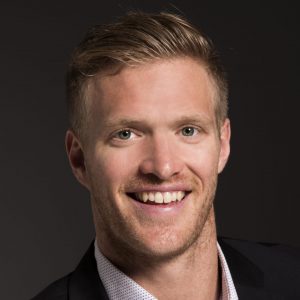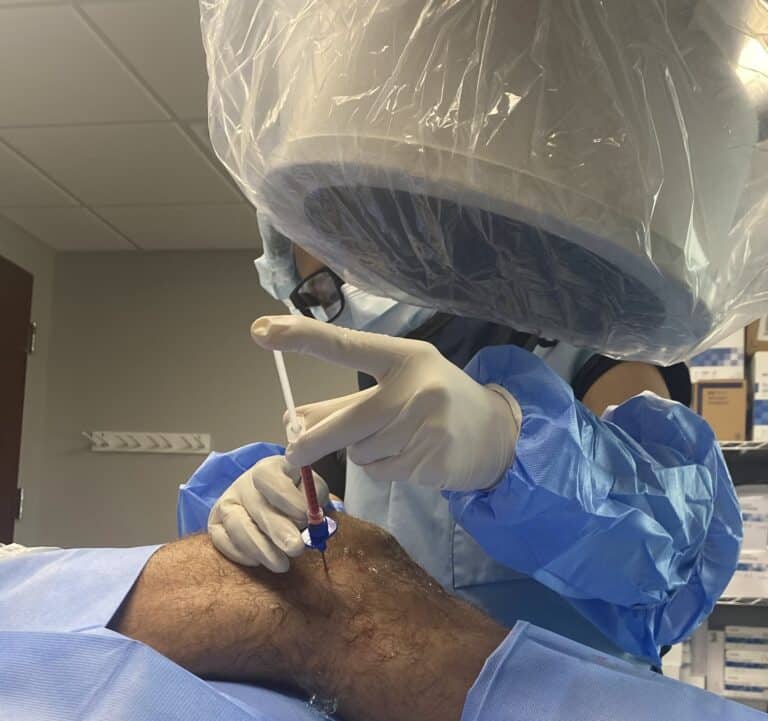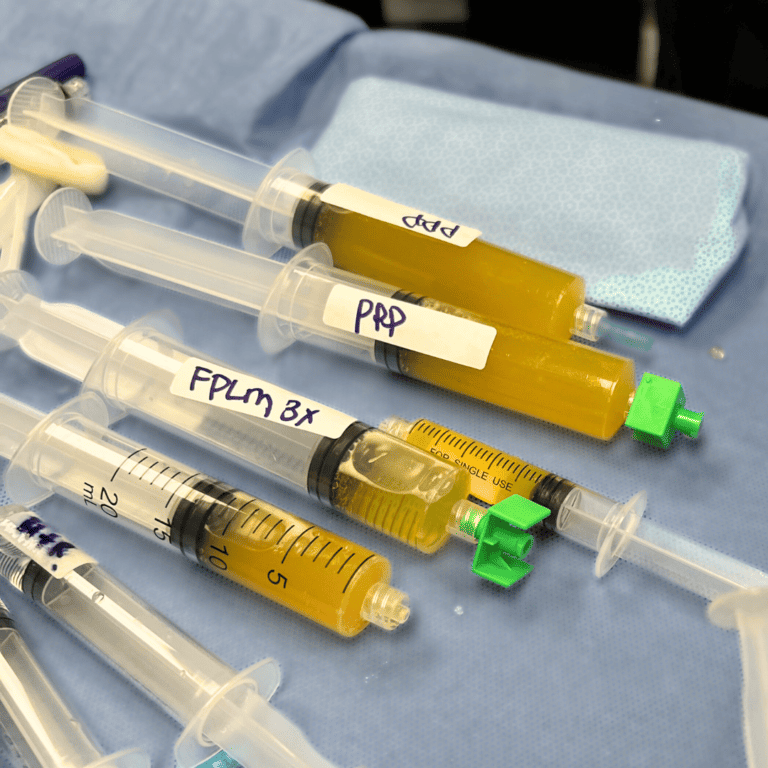Right now, 31 million Americans have back or spine pain. This makes back pain the world’s number-one cause of disability that keeps people away from the sports and activities they love. For decades, the most common treatments for back pain have been geared around pain medicine and surgeries. However, now patients are seeking non-surgical alternatives and increasingly eschewing traditional treatments, such as a lumbar discectomy for a bulging or herniated disk in the spine. Instead, these patients are opting to first try regenerative medicine, and the results can be statistically significant for anyone who seeks to find restorative healing and true relief for spine concerns and back pain.
The Problem With Traditional Spinal Pain Treatment Approaches
In traditional medicine, doctors tend to use the pain generator approach:
- You experience pain in your back or spine and go to see your doctor
- The doctor explores the trigger or “generator” for this pain, such as a pinched spinal nerve or a herniated disk in your lower back
- The doctor recommends a treatment for that specific trigger
The pain generator approach, like many other aspects of traditional medicine, treats the body as a series of components. Curing a problem means reducing that problem down to the individual component that is “faulty” or malfunctioning.
And while this is the go-to mindset for many physicians and their patients, advancements in medical technology and recently published studies are encouraging a shift away from such a reductionistic approach. More and more new scientific research advocates for the mindset that back pain and spine pain should be viewed within a more holistic, whole-body approach, and treated more holistically as well.
And for right reason:
- Many drugs and prescription medications used to ease spine pain have significant side effects and health concerns, such as the potential for abuse and addiction
- Back pain surgeries have a statistically high level of failure (ranging anywhere from a 10% to 50% failure rate), which is an unacceptably high rate for surgeries in general. This also opens up the risk of more back pain, increased physical trauma and discomfort, and secondary health risks related to repeated surgeries
- A reductionist approach means even a successful “treatment” doesn’t always fully restore back mobility, health and range of motion
For example, Dr. Chris Centeno, MD, shared a case study of a young adult patient who had been in a vehicle accident. His spinal pain was due to bulging disks and a few other issues in his upper spinal cord.
A more traditional approach would likely have recommended surgery specifically for those bulging disks.
However, a more whole-body view meant Dr. Centeno considered other factors that may be contributing to not only spinal pain, but the overall loss of spinal health and integrity.
Dr. Centeno identified ways that the patient’s body had tried to overcompensate for areas of weakness and injury, and that this natural overcompensation was contributing to additional back problems in the patient. Using regenerative medicine, Dr. Centeno treated not only the spinal disks, but also the connected damaged ligaments that had swollen and put pressure on the spinal cord. The patient recovered so significantly that he was able to start going to the gym again (whereas he had earlier been seriously contemplating traditional surgery due to an inability to move without significant pain!).
But what exactly is regenerative medicine for spinal pain and back discomfort?
An Introduction to Regenerative Medicine for Spine Pain
When it comes to back pain and regenerative treatment, doctors are usually referring to the use of orthobiologics.
Typically, that includes substances from your own body, such as bone marrow concentrate and platelet-rich plasma, injected into problem areas. Published research suggests that this type of treatment can help to stimulate the regeneration and healing of tendons, ligaments, cartilage and bone.
The best type of regenerative medicine for spine pain depends on what your physician has diagnosed as the problem:
- Platelet-based therapies, derived from your own blood, tend to work best for most spinal conditions.
- Bone marrow concentrate works well for torn spinal discs and is also sometimes used if regular platelet therapies aren’t performing well for a patient’s back problems.
If you’re struggling with spine pain, what’s important is not only the type of orthobiologics you’re prescribed, but also how you receive it and who oversees the process. This is a groundbreaking area of research, and many unscrupulous vendors and “clinics” have rushed to the market with claims of regenerative medicine that simply aren’t backed by true science.
Some things to watch for include:
- Poor sourcing: Contrary to popular opinion, there are no active “stem cells” in birth tissues, and stem cells derived from your body’s fat is illegal and not approved by the FDA.
- Poor injection practices: For effective treatment, the orthobiologics need to be placed exactly where your body needs it. Unfortunately, many run-of-the-mill clinics simply inject the orthobiologics in the general area that you need it, when really you should be receiving your injections through the guidance of an x-ray.
- Poor medical mindset: Some doctors may claim to use regenerative medicine, but do so with the same reductionist approach of treating just one trigger or “pain generator.” For optimal results, regenerative medicine should look at the whole spine and back and ensure the whole body is being respected and healed.
This is why Regenexx Tampa Bay’s approach to regenerative medicine and orthobiologics for back pain stands apart from the crowd. Our doctors and clinical teams have over a decade of experience in regenerative treatments for spine pain, and offer advanced procedures and precise injections to truly heal the spine and back. If you’re suffering from back pain or spine pain and want to avoid back surgery, contact us to learn more about how regenerative medicine can restore your back’s full mobility, strength, and health.










